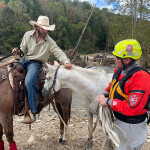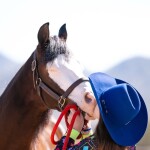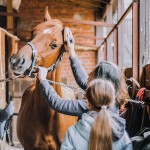Welcoming a new horse to your barn represents an exciting milestone, providing an opportunity to forge new bonds and expand your equine community. However, introducing a horse to a new pasture involves more than simply opening the gate and hoping for the best.
It requires an understanding of horses’ natural behaviors, managing health risks, and being mindful of herd dynamics. Its important to have a organized plan to help with a smooth transition.
Understanding Herd Dynamics
Horses are inherently social animals with a critical need for companionship. They communicate through a complex array of body signals, establishing a “pecking order” within their herd. This hierarchy helps maintain order but can also lead to aggression when a new horse is introduced.
When a new horse enters the pasture, it must identify its place within the existing social structure. Experienced horse owners recognize that this process can present challenges for both the newcomer and the established herd. However, with patience and careful management, you can ease this transitional phase.
Kyla Szemplinski, MS, at UT TSU Shelby County Extension, emphasizes the importance of a gradual introduction. “Once your horse has been cleared by a veterinarian, you may introduce the new horse to your herd. DO NOT simply place your new horse into a pasture with an established pecking order, as this could result in serious injuries. This introduction process will take time, but it is crucial for ensuring safety.”
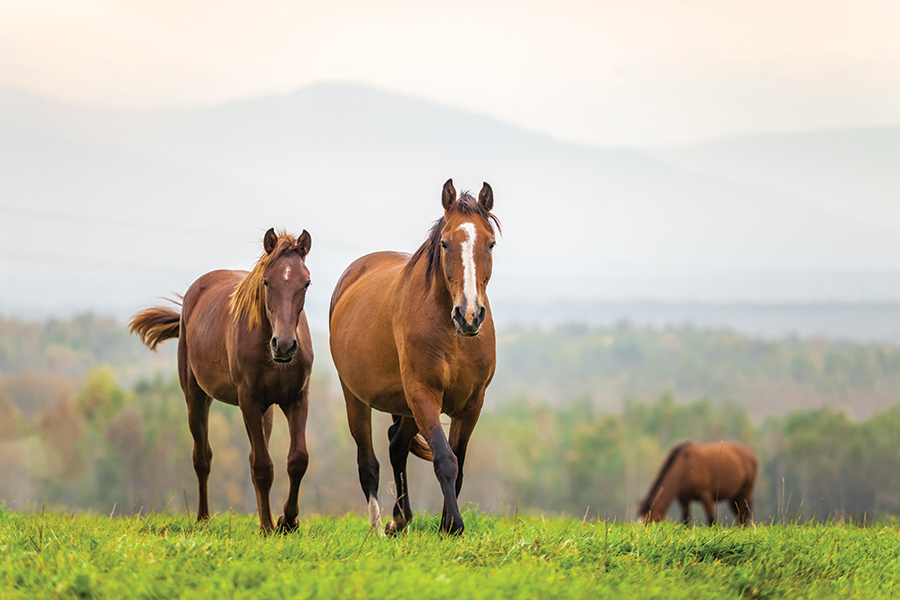
Best Practices for a Smooth Transition
Quarantine First: Before introducing your new horse to the herd, it is essential to quarantine them. This precaution protects the current herd from any potential diseases or viruses that the newcomer might carry. “Biohazard management is a practice that MUST be taken seriously, even if the horse is up to date on health records. Ideally, you should keep the new horse quarantined for approximately two weeks,” advises Szemplinski.
Gradual Introduction: During the quarantine period, allow the new horse to observe the herd from a distance. Visual contact helps them become familiar with each other without direct interaction. Following the quarantine period gradually introduce the new horse to one or two of the more docile herd members in a controlled environment, such as a separate corral.
Monitor Interactions Closely: Once integration begins, closely monitor the interactions. Look for signs of aggression or excessive stress in the newcomer. Mild displays of dominance, such as pinned ears or mock biting, are normal. However, if these behaviors escalate, be prepared to intervene and separate the horses.
Provide Ample Resources: Ensure that there are sufficient resources, such as hay and water, to minimize competition and potential conflict. If your herd eats meals in the pasture then make multiple feeding and watering stations to help prevent bullying and ensure all horses have access to necessities.
Create a Safe Environment: Your pasture should be free of hazards that could cause injury during the introduction period. Inspect fences, gates, and other structures to ensure they are secure and devoid of sharp edges or protrusions. Walk your pastures and look for holes. Be sure to fill them, as they can cause severe soft tissue injuries to legs, and can even cause broken legs if stepped in while running from aggressive herd members. Also, it is up to you, as a barn manager or property owner if you will mix mares and geldings. Mares have been known to be more aggressive, so if you feel you have two or more alpha horses then it might be wise to separate them to avoid injury. Also, do not mix Stallions into a herd.
Managing Health Risks
Introducing a new horse can pose health risks to both the newcomer and the existing herd. Equine diseases can spread rapidly, particularly in close quarters. Here are strategies to manage these risks:
- Maintain Up-to-Date Vaccinations: Ensure that your new horse is current on vaccinations and deworming before introducing them to the herd.
- Regular Health Checks: Schedule veterinary check-ups before and after the quarantine period. A veterinarian can identify early signs of illness that may not be immediately apparent.
- Disease Monitoring: Remain vigilant for signs of illness in all horses, such as lethargy, nasal discharge, or coughing. Prompt action can prevent widespread disease.
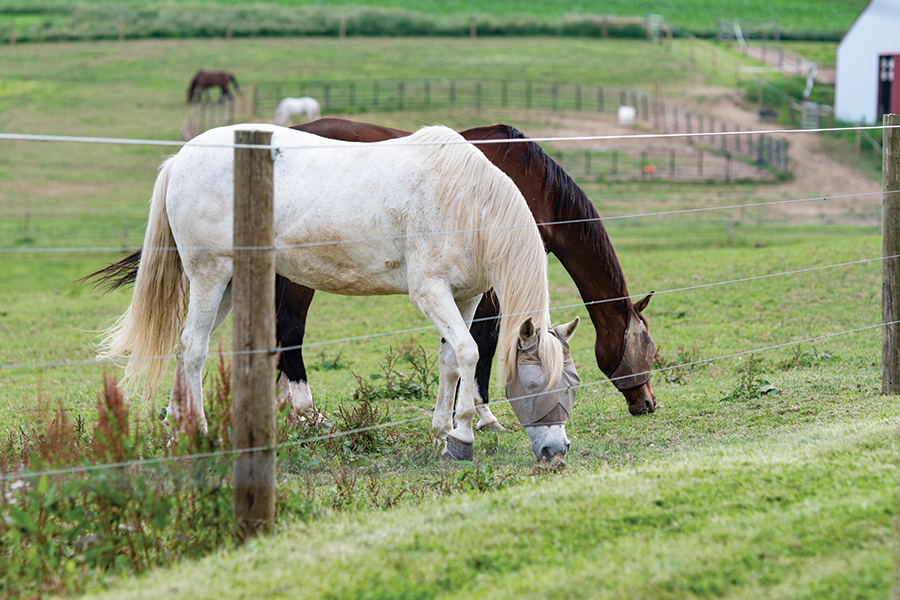
The Homecoming
With careful preparation and a thoughtful approach, introducing a new horse to a new pasture can be a rewarding experience. “With proper management and health considerations, introducing your horse can help ease the stress of this new environment, making the ‘homecoming’ feel more natural,” says Szemplinski.
This process goes beyond just physical space; it focuses on helping create a smooth transition for all horses in the herd. Integrating a new horse should be a mindful and careful process with it comes to pasture herd management, one of the top tools for property owners and barn managers. By applying effective management strategies, facilities can create an environment that optimizes the health and productivity of all horses, leading to a well-balanced herd and barn culture.

Remember, each horse is unique. While some may adapt quickly, others may require more time. Pay attention to your horses, trust your instincts, and do not hesitate to seek advice from equine professionals. Through intentional and mindful planning you will positively support horses during stressful transitional times, ensuring the health and happiness of the entire herd.




